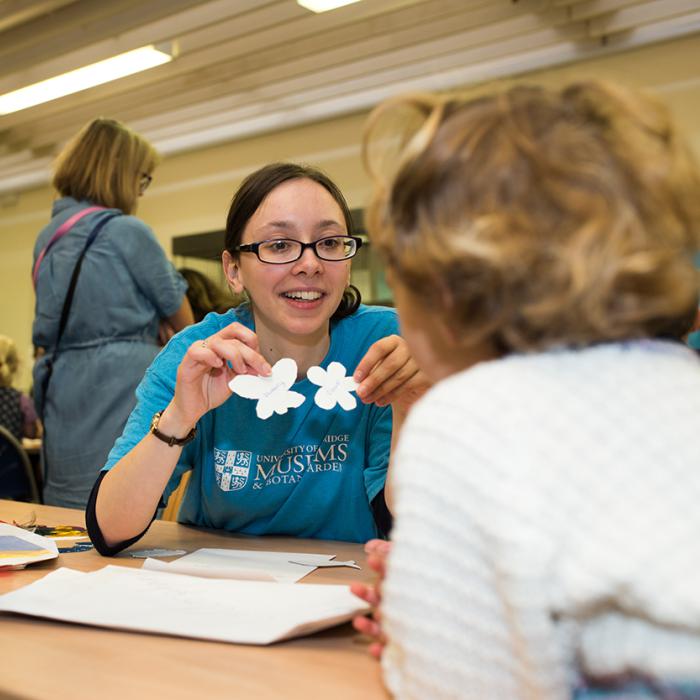Connecting Cambridge: Fenlands and Folklore
In this talk, Brian Eversham will cover the range and biodiversity of British peatlands, and their conservation. Going back to Brian’s roots in southern Yorkshire, this talk reviews the battle to save Britain’s largest lowland raised peatbogs, Thorne and Hatfield Moors. It covers the range of peatland wildlife, from birds to insects to amoebae, flowers to fungi, their habitats, and the progress in restoring peatlands across Britain in the last 30 years, starting with the Great Fen.
Listen to Henry Stanier from the Wildlife Trust talk about fenlands and the Great Fen, one of the largest restoration projects of its type in Europe.
From exploring herbarium uses to discovering the secrets of wildflowers and fungi, come and discover the fascinating world of plant science in just 30 minutes! Science on Sundays is a free, informal and monthly series of talks, sharing the latest discoveries in plant science and research with our visitors.
The sessions are designed with early years development in mind. Artists draw upon their expertise as early years facilitators and use the Kettle’s Yard ethos and collection to create sessions where babies, toddlers and their carers can experience and learn together.
The activities help children explore the world around them, discover processes and play with new materials through creating new worlds, stories and adventures. Creation and communication are encouraged through making and there is a rich environment for play and enjoyment.
Participants will start by studying artworks in Kettle’s Yard house before learning the process of plaster casting flowers and producing your own relief artwork using fresh flowers.
Please note that lunch is not included but all materials are.
The sessions are designed with early years development in mind. Artists draw upon their expertise as early years facilitators and use the Kettle’s Yard ethos and collection to create sessions where babies, toddlers and their carers can experience and learn together.
The activities help children explore the world around them, discover processes and play with new materials through creating new worlds, stories and adventures. Creation and communication are encouraged through making and there is a rich environment for play and enjoyment.
Create your own characters, narratives and plot twists through creative writing activities in the house, and illustrate your story in the Clore Learning Studio through printmaking, photography, observational drawing and collage. In the afternoon we’ll test and further develop our story games, so by the end of the session you will leave with a handmade publication each to play with friends and family.
This workshop is for those aged 11–16.
The Kettle’s Yard collection includes many plants as well as dried grasses and seed pods. What kind of plant comes from what kind of seed? Find out in this fun, creative workshop.
For 7–11 years.
Timetable
Part I: 2–4.30pm
For the first part of the day, a panel of writers, academics and activists will consider the roles that visual art, literature and architecture play in conflict and reconstruction. Following the panel and discussion, there will be an opportunity to see the exhibition.

